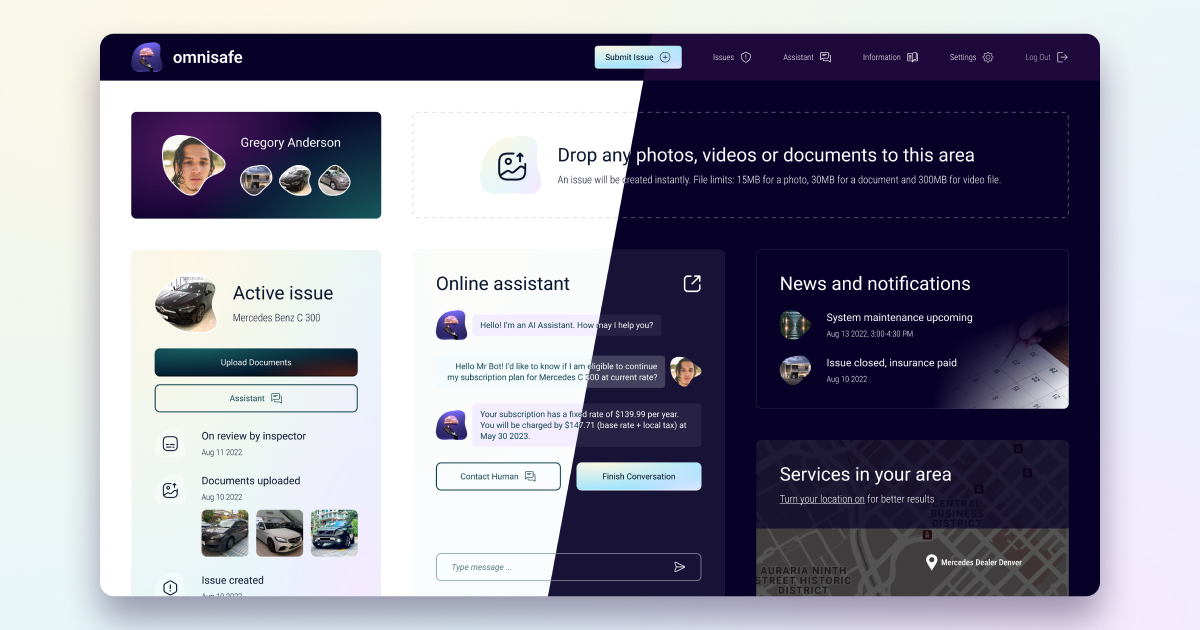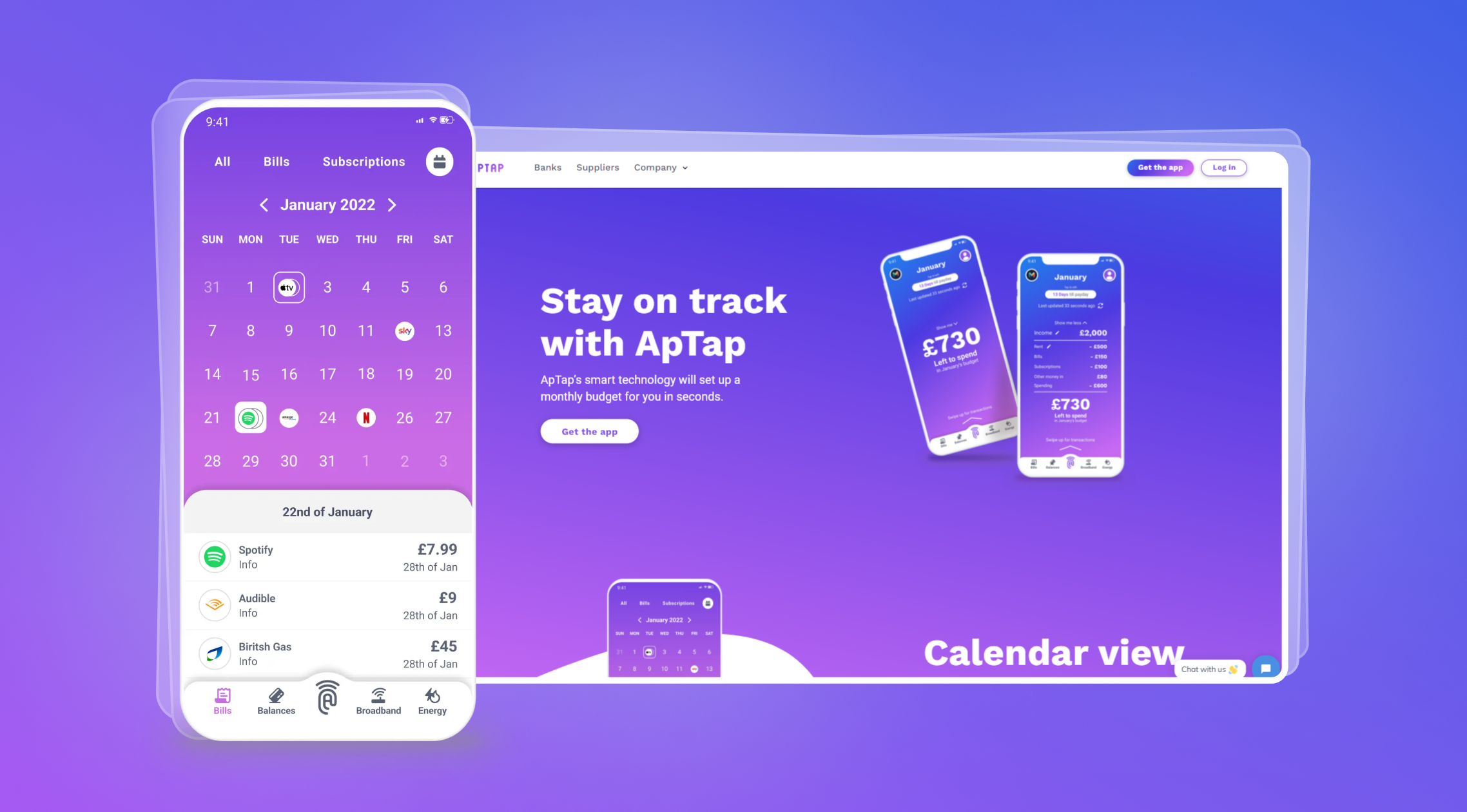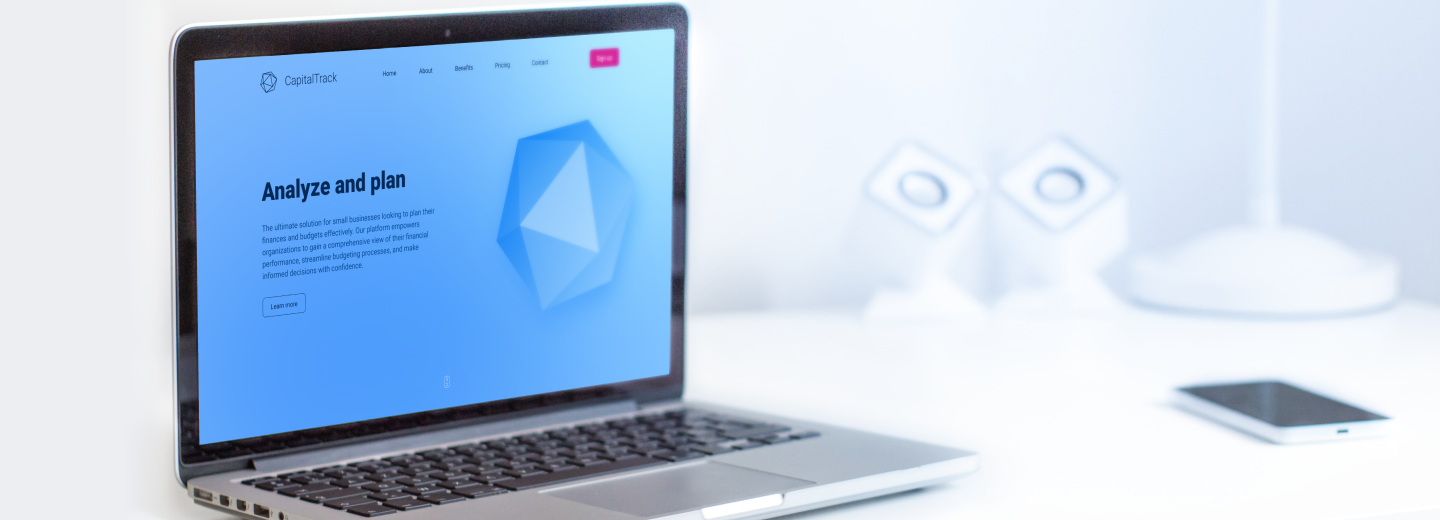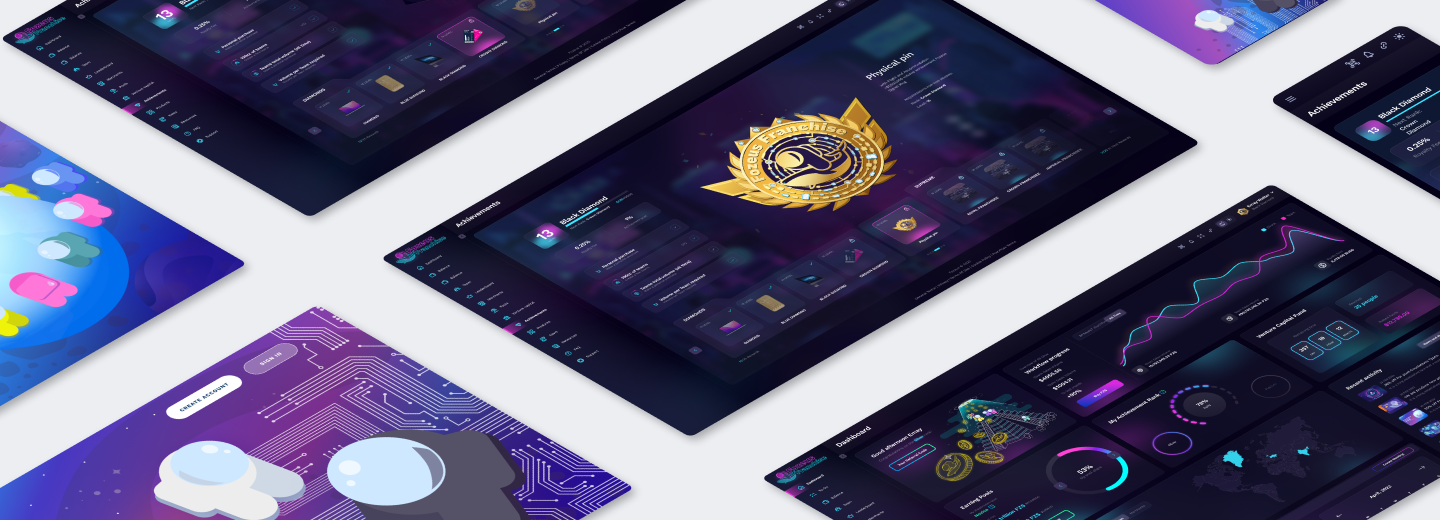HR SaaS cloud-based platform for maintenance facilities
The cloud-based system within the market with strict legal requirements for the processes ensuring comprehensive HR management for enterprise-level companies all around the world which allows optimization of the company’s processes up to 70%.
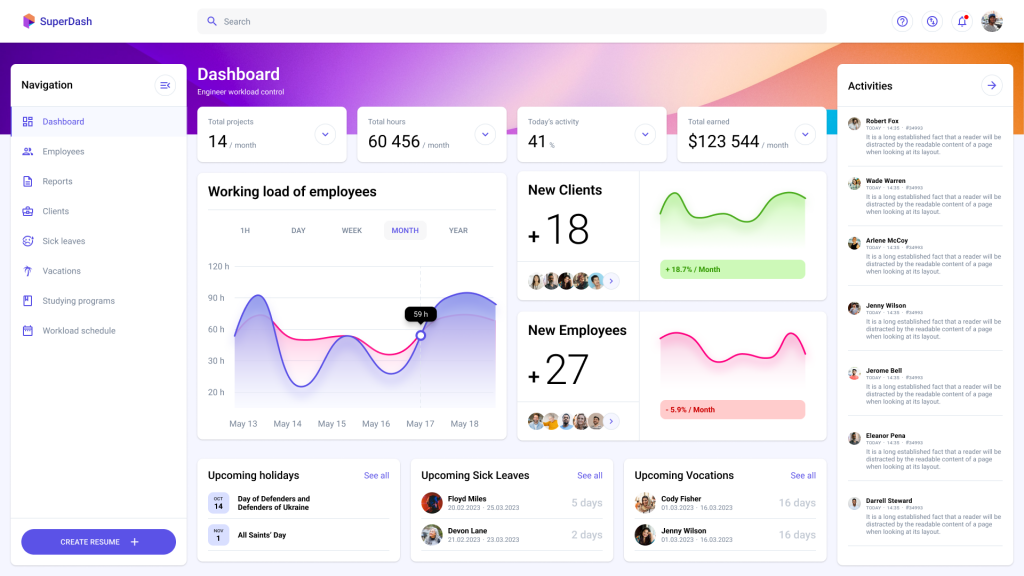
About
HR custom SaaS development process was initiated for a group of maintenance facilities making business in the aviation domain. Being a rather legal requirements-based sphere, the overall approach to the logic of the solution was strictly coordinated with the customers' representatives. The system was developed from scratch by performing the analysis of the solutions presented on the market for finding business-specified features and distinctive points. The deployment process was adjusted in such a way as to assure the continuous appearance of the releases and a high level of quality at the same time.
Challenge
Creation of a cloud-based system within the market with strict legal requirements to the processes and competitors offering only general and non-suitable solutions for target businesses. The launched system should ensure all-around HR management for enterprise-level companies all around the world. As far as the customer was a small startup at the beginning, a special project management approach was given to the development/ deployment process that resulted in 4-week sprints with continuous deployment and maintenance.
Solution
Development of the custom SaaS solution covering primary business goals with setting up of the reliable pipeline of development and deployment process
9
Devs
Agile
Dev process
16+
Months
15
Countries
Pecularities of implementation
Creation of the roadmap for the solution based on the analysis of competitors and the needs of the target audience
After estimation, the team performed the complementary analysis of the customer’s business model and their target market, with consideration of the pains of their target audience. This step was separated as core as it made the basis for developed architecture, its scalability and its ability to withstand high load. The analytical approach allowed for avoiding switching from one development methodology to another or even complete rewriting the product. Based on the evaluation results, the team created the roadmap with clear deadlines for MVP deployment and further iterations and updates. As far as it was basically impossible to make calculations on time needed for debugging after launch, the risk-management approach was introduced to make assumptions and maintenance-based estimates. Special consideration was given to business domain standards and requirements that should find their depiction within the system logic and UX. The basic design should help people move from paperwork as it was kind of usual in the domain and introduce the preferences of such a system used in practice.
Development of the MVP system for getting feedback and funding
The team moved to the next step of implementation to get the basic product available in the market to test its vital value for the target audience. Based on the performed analysis was formed the technical stack of the product and the team composition. A sufficient level of experience was required for the project to assure the reliable development-market release flow and high quality of the system. The system was based on a modular structure with items that could be adjusted gradually for fast scaling and hosted using cloud technologies for stable work all around the world. The predictable and early delivery process was assured with Agile project management methodology with continuous minor weekly and major monthly iterations. The featured functional scope included: work time tracking, worksheets tracking and management, an employee database with the experience and education items, and reports for management on workload. The analytical section with predictive risk management was left for further iterations. The inner part of the system included the front part, available for users and the admin panel with a wide range of adjustments to suit the facilities in the best way. The sections needed for the company can be edited from the admin panel for each company. One of the requirements of the customer was the introduction of the single-sign-on system. Such a decision was made based on the users’ behaviour who can change their working stations several times a day and require fast and secure access to their personal cabinets. The realisation of this process with OKTA made it seamless making great opportunities for enterprises in terms of accessibility, security and effectiveness. After the final manual and automated testing procedures, the MVP was ready for deployment for early adopters and investors.
Setting up the process of continuous deployment of new releases with preservation of high quality and high-load stability
As the final repetitive step, the team had to adjust the process of delivery to maintain the strong work of the SaaS solution with continuous evaluation of users’ behaviour and feedback. The received results should find their implementation in further releases and fixes with the direction of constant improvement and scaling. While analytics was gathered by the customer, deep analysis was performed by the Product Owner and Business Analyst to assure that only valuable features find their representation in the product. Such an approach allowed to minimise the funding required for the development. Another requirement from the customer was the preservation of the product quality. As far as the development live cycle stayed basically the same in terms of the Agile process, the proper quality assurance was not a problem for a team even under the pressure of constant and repetitive delivery.
Results
The development process resulted in the release of the MVP, collection of feedback, scaling and adjustment of the delivery process. The initial MVP development was performed based on a deep analysis of the market, target audience, and business requirements of the customer. The data-driven approach allowed us to build a reliable pipeline starting with ideation and design and ending with timely and predictable delivery. As far as the client passed several funding rounds, they continued the development process with further scaling. High standards in the domain made the team develop a strict product, the specification of which was depicted in technical documentation as required by legislation. As far as the project is ongoing, the business journey map is continuing to grow and find new ways to empower businesses in the market.
+70%
optimized process
2 hours
a week saved on project management
Testimonials
200+
Clients Already Served
The project remains ongoing, but EVNE Developers, LLC has already impressed the client with digital solutions that improved internal processes. Through a dedicated Slack channel and other communication tools, they have worked efficiently. Their high technical expertise stands out.You can feel their thoughtfulness in every aspect of their work, starting from strategic architectural solutions to visualising the complex work schedule in two charts. They stayed in the loop of the project status whenever we came to them with our questions.Another impressive feature was their expertise as they delivered quality expertise in this field and technology. They have succeeded in taking our bare concept and converting it into a smooth and effective solution empowering our company every day.
Veli Putkonen
CTO, Aviation CompanyA real estate agency registry has hired EVNE Developers, LLC to build a сustom portal allowing users to get real estate information in their area. The team also performs intermediate user and manual testing. Since launching the platform built by EVNE Developers, LLC, the client started getting more than 1,000 users monthly with a retention rate of more than 70%. The unique features and the clear UX make users stay longer. The team clearly understands the client's vision for the platform and delivers.
Aidan Perkins
Managing Director, Real Estate Agency RegistryEVNE Developers, LLC has developed an e-learning app for an educational facility. The team has been involved designing the app's UI/UX and functions and implementing the company's key vision for the product. The product has allowed the facility to provide education for their target audience, allowing them to expand faster. EVNE Developers, LLC has an effective project management approach, guiding the company at every step. They facilitate weekly status meetings and communicate closely with the client.








